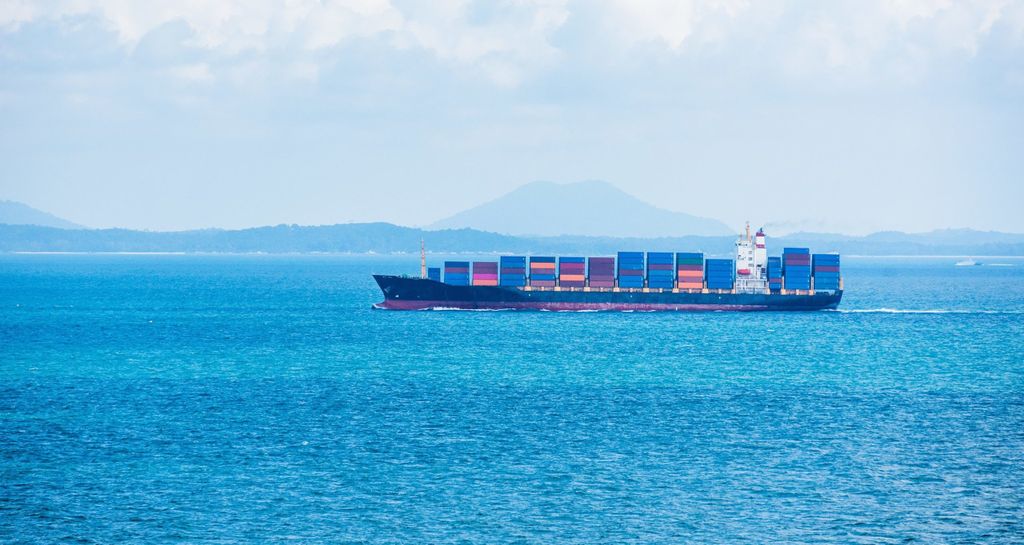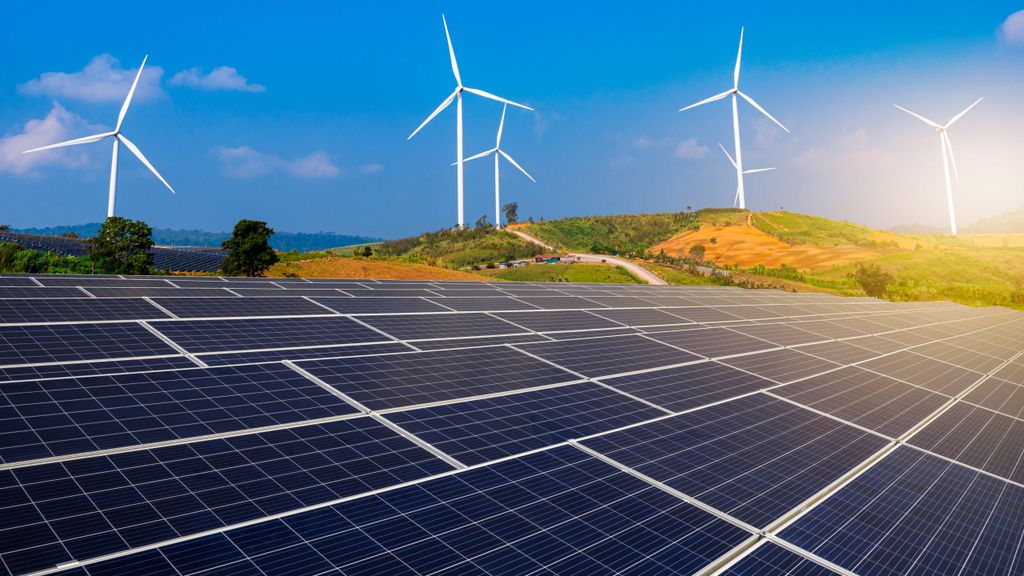A bold vision for a climate-neutral and competitive Europe
Next event In person & livestreamed

- Area of Expertise
- Climate, Energy & Natural Resources
Climate, Energy & Natural Resources

Founder & CEO of Sea Ranger Service and 2020-2021 European Young Leader (EYL40)
The climate is heating up – and so is the urgency for humanity to act. With scientists raising the alarm on accelerating climate shifts, youth movements taking to the streets to voice the need for action and industry transitioning to cleaner ways of operating, increasingly, climate change is at the forefront.
Global and regional climate commitments have gathered steam in recent years, but their practical implementation remains challenging. Most nations struggle to realise the capacity to ensure enough boots on the ground due to a lack of public awareness, political support, funds or inadequate coordination. Legislation hard-fought-for is at risk of not being adequately implemented unless innovative models are rapidly created to scale up the necessary infrastructure. Particularly in the case of oceans, there are impactful opportunities to carry out climate mitigating at scale.
Our oceans hold ultimate climate power. Covering 70% of the Earth’s surface, oceans transport heat from the equator to the poles, regulating our climate and weather patterns, as well as producing 50% of the Earth’s oxygen. However, their role goes further. Oceans store over 90% of the world’s carbon dioxide and 30% of annual emissions are absorbed by the sea from the atmosphere.
Any transition towards a more sustainable future must be socially inclusive and equitable
One aspect of this natural carbon storage occurrence can be readily advanced through human intervention: restoring seagrass. Seagrass, which grows along the coast in shallow water, naturally absorbs and stores carbon, in some cases up to 35 times more per hectare than forests on land. Even though scientists have carried out successful pilots to plant new seagrass meadows and have proven an uptake in carbon intake, the capacity and infrastructure to scale this effort does not yet exist. A solution has now been identified that lies just beyond the shoreline along which seagrass grows.
Any transition towards a more sustainable future must be socially inclusive and equitable. Globally, marginalised and more impoverished communities are disproportionately affected by the effects of climate change. They should be a central part of the solution, if not leading it. The post-COVID economic recovery should be green and focused on such communities. In the case of oceans, climate mitigation through seagrass restoration can be achieved at scale. Such efforts can bring sustainable employment opportunities to otherwise disenfranchised coastal communities, where youth unemployment rates are above average. In that case, it will raise public awareness and political support to realise the structural capacity for climate action.
Building on Europe’s proud coastal and maritime heritage, the Sea Ranger Service is an example of a unique model developed over the past five years to deliver on the green jobs needed to tackle climate change and create them in regions where they are needed most. Navy veterans train young (unemployed) people as Sea Rangers, a full-time paid seafaring job to restore ocean biodiversity and carry out ocean management tasks. After one year of working at sea, Sea Rangers obtain an entry-level qualification and transition into employment within the maritime industry.
The political theory underpinning this approach follows an alternative narrative compared to traditional environmental organisations; protection of the ocean and climate mitigation can instead be focused on creating future-proof jobs for young people in otherwise opportunity-poor rural communities. Similar projects are now being established across Europe. Commonland and Herenboeren are focused on building community-based businesses through restorative agriculture approaches in Spain and the Netherlands. Project Seagrass is another example of a project which has high climate-mitigating potential. It is already engaged in restoring seagrass at multiple sites along the UK coast and developing its methodology to be replicated in other regions of Europe.
Ensuring a sustainable future for Europe will rely on delivering effective environmental stewardship
It is time to pioneer models that create blue-collar jobs to restore biodiversity, both on land and at sea. Such new business models, combining social impact with services for conservation and biodiversity restoration, pinpoint social and climate entrepreneurship as an impactful way to accelerate climate mitigation, leveraging private finance with public funds and putting young people at the helm of Europe’s sustainable transition.
Ensuring a sustainable future for Europe will rely on delivering effective environmental stewardship and social benefits to go hand in hand with the continued use of natural resources. The success of such entrepreneurial models is precisely in what some question at first: the unique relationship between social, ecological and economic interests. By combining these, problems can become each other’s solutions. In a sense, climate entrepreneurship is a super power that breaks down political and financial barriers to scale climate mitigation. It is a win-win-win economically, politically and ecologically when climate action creates the jobs and prosperity where they are needed most.

This article is part of our European Climate Pact series. The European Climate Pact is a movement of people united around a common cause, each taking steps to build a more sustainable Europe for us all. Launched by the European Commission, the Climate Pact is part of the European Green Deal and is helping the EU to meet its goal to be the first climate-neutral continent in the world by 2050.
Learn more about the European Climate Pact here.
You may also like…
Next event In person & livestreamed

Past event In person & livestreamed

Past event In person & livestreamed

Past event In person & Livestreamed





Stay informed
We use cookies and similar technologies to adjust your preferences, analyze traffic and measure the effectiveness of our campaigns. Learn more about our privacy policy.